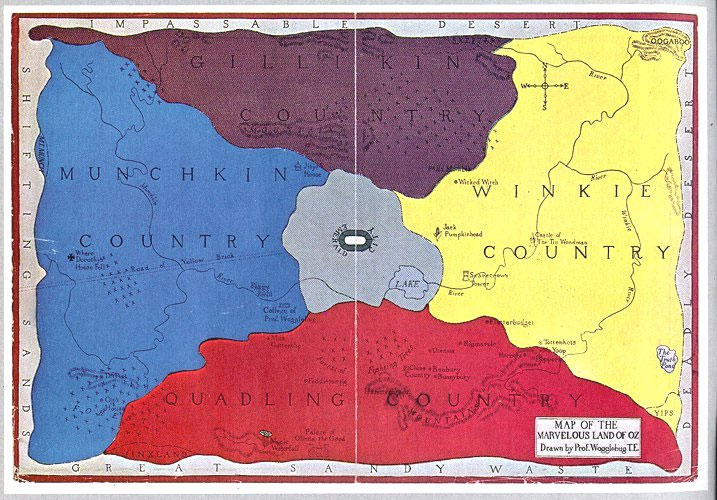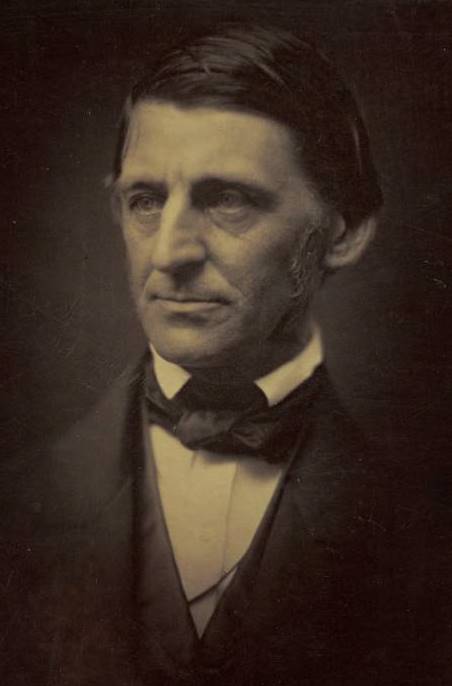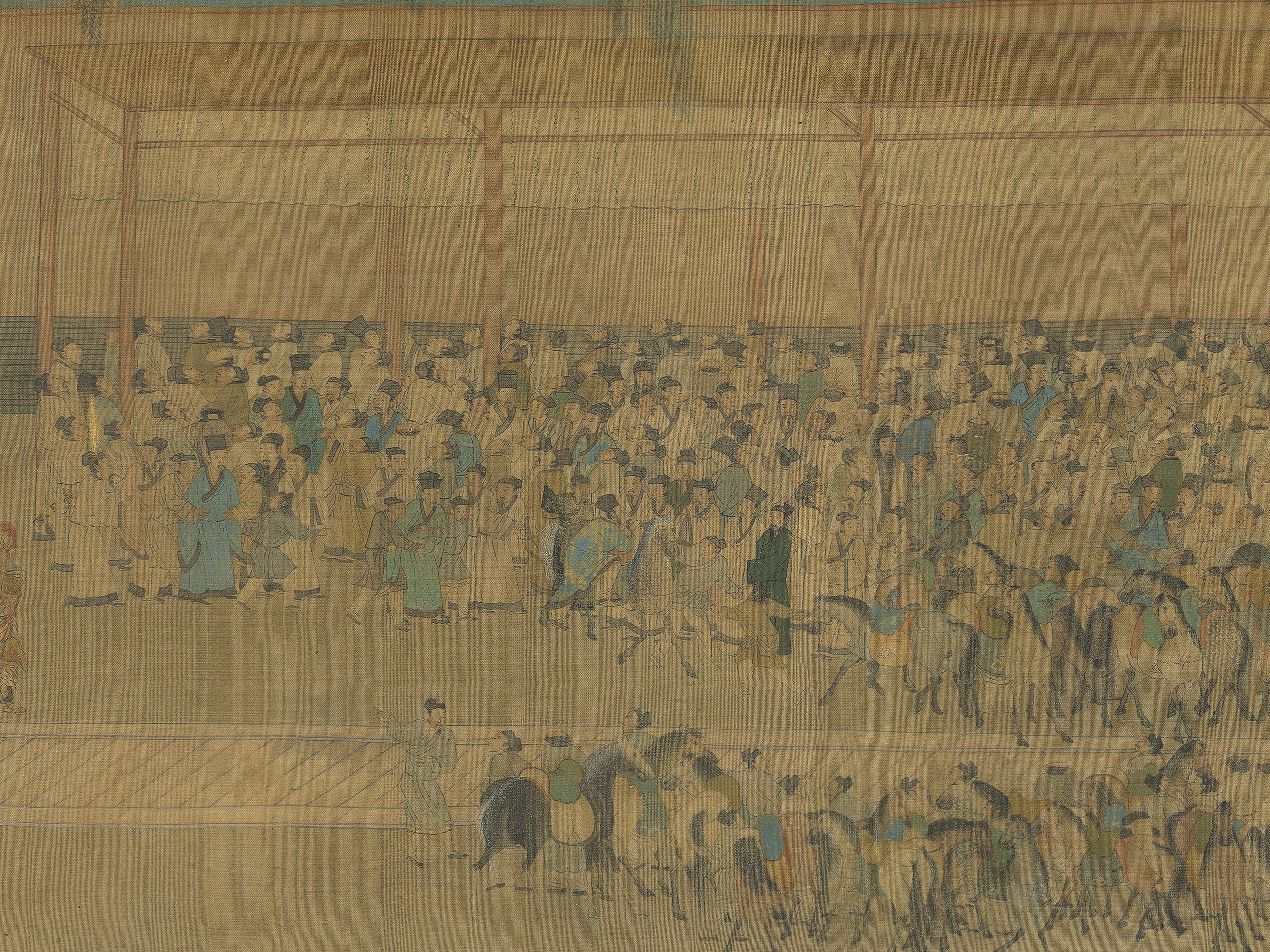|
Uplift Universe
The Uplift Universe is a fictional universe created by American science fiction writer David Brin. A central feature in this universe is the process of biological uplift. His books which take place in this universe are: * '' Sundiver'' (1980) * '' Startide Rising'' (1983) * '' The Uplift War'' (1987) * The Uplift Trilogy (sometimes called the Uplift Storm trilogy): ** '' Brightness Reef'' (1995) ** '' Infinity's Shore'' (1996) ** '' Heaven's Reach'' (1998) There is also a short story, "Aficionado" (originally titled "Life in the Extreme"), published in 1998, which serves as a prequel to the series as a whole (it also serves as a part of ''Existence'', an unrelated work by Brin), and a novella, '' Temptation'', published in 1999 in '' Far Horizons'', which follows on from ''Heaven's Reach''. He also wrote ''Contacting Aliens: An Illustrated Guide to David Brin's Uplift Universe'', a guidebook about the background of the series. At least one more Uplift book is planned by Br ... [...More Info...] [...Related Items...] OR: [Wikipedia] [Google] [Baidu] |
Fictional Universe
A fictional universe, or fictional world, is a self-consistent setting with events, and often other elements, that differ from the real world. It may also be called an imagined, constructed, or fictional realm (or world). Fictional universes may appear in novels, comics, films, television shows, video games, and other creative works. The subject is most commonly addressed in reference to fictional universes that differ markedly from the real world, such as those that introduce entire fictional cities, countries, or even planets, or those that contradict commonly known facts about the world and its history, or those that feature fantasy or science fiction concepts such as magic or faster than light travel—and especially those in which the deliberate development of the setting is a substantial focus of the work. When a large franchise of related works has two or more somewhat different fictional universes that are each internally consistent but not consistent with each other (su ... [...More Info...] [...Related Items...] OR: [Wikipedia] [Google] [Baidu] |
Biological Uplift
In science fiction, uplift is a developmental process to transform a certain species of animals into more intelligent beings by other, already-intelligent beings. This is usually accomplished by cultural, technological, or evolutional interventions like genetic engineering but any fictional or real process can be used. The earliest appearance of the concept is in H. G. Wells's 1896 novel '' The Island of Doctor Moreau'', and more recently appears in David Brin's '' Uplift series'' and other science fiction works. History of the concept The concept can be traced to H. G. Wells's novel '' The Island of Doctor Moreau'' (1896),FROM THE ISLAND OF DR. MOREAU TO LIVES OF THE MONSTER DOGS: UPLIFTED ANIMALS, WISH FULFILLMENT, AND ORIGINAL SIN a ... [...More Info...] [...Related Items...] OR: [Wikipedia] [Google] [Baidu] |
Memetic
Memetics is a study of information and culture. While memetics originated as an analogy with Darwinian evolution, digital communication, media, and sociology scholars have also adopted the term "memetics" to describe an established empirical study and theory described as Internet Memetics. Proponents of memetics, as evolutionary culture, describe it as an approach of cultural information transfer. Those arguing for the Darwinian theoretical account tend to begin from theoretical arguments of existing evolutionary models. Those arguing for Internet Memetics, by contrast, tend to avoid reduction to Darwinian evolutionary accounts. Instead some of these suggest distinct evolutionary approaches. Memetics describes how ideas or cultural information can propagate, but doesn't necessarily imply a meme's concept is factual.Kantorovich, Aharon (2014An Evolutionary View of Science: Imitation and Memetics./ref> Critics contend the theory is "untested, unsupported or incorrect".James W. Polic ... [...More Info...] [...Related Items...] OR: [Wikipedia] [Google] [Baidu] |
Transcendentalism
Transcendentalism is a philosophical movement that developed in the late 1820s and 1830s in New England. "Transcendentalism is an American literary, political, and philosophical movement of the early nineteenth century, centered around Ralph Waldo Emerson." A core belief is in the inherent goodness of people and nature, and while society and its institutions have corrupted the purity of the individual, people are at their best when truly "self-reliant" and independent. Transcendentalists saw divine experience inherent in the everyday, rather than believing in a distant heaven. Transcendentalists saw physical and spiritual phenomena as part of dynamic processes rather than discrete entities. Transcendentalism is one of the first philosophical currents that emerged in the United States;Coviello, Peter. "Transcendentalism" ''The Oxford Encyclopedia of American Literature''. Oxford University Press, 2004. ''Oxford Reference Online''. Web. 23 Oct. 2011 it is therefore a key early point ... [...More Info...] [...Related Items...] OR: [Wikipedia] [Google] [Baidu] |
Hydrogen
Hydrogen is the chemical element with the symbol H and atomic number 1. Hydrogen is the lightest element. At standard conditions hydrogen is a gas of diatomic molecules having the formula . It is colorless, odorless, tasteless, non-toxic, and highly combustible. Hydrogen is the most abundant chemical substance in the universe, constituting roughly 75% of all normal matter.However, most of the universe's mass is not in the form of baryons or chemical elements. See dark matter and dark energy. Stars such as the Sun are mainly composed of hydrogen in the plasma state. Most of the hydrogen on Earth exists in molecular forms such as water and organic compounds. For the most common isotope of hydrogen (symbol 1H) each atom has one proton, one electron, and no neutrons. In the early universe, the formation of protons, the nuclei of hydrogen, occurred during the first second after the Big Bang. The emergence of neutral hydrogen atoms throughout the universe occurred about 370,000 ... [...More Info...] [...Related Items...] OR: [Wikipedia] [Google] [Baidu] |
Oxygen
Oxygen is the chemical element with the symbol O and atomic number 8. It is a member of the chalcogen group in the periodic table, a highly reactive nonmetal, and an oxidizing agent that readily forms oxides with most elements as well as with other compounds. Oxygen is Earth's most abundant element, and after hydrogen and helium, it is the third-most abundant element in the universe. At standard temperature and pressure, two atoms of the element bind to form dioxygen, a colorless and odorless diatomic gas with the formula . Diatomic oxygen gas currently constitutes 20.95% of the Earth's atmosphere, though this has changed considerably over long periods of time. Oxygen makes up almost half of the Earth's crust in the form of oxides.Atkins, P.; Jones, L.; Laverman, L. (2016).''Chemical Principles'', 7th edition. Freeman. Many major classes of organic molecules in living organisms contain oxygen atoms, such as proteins, nucleic acids, carbohydrates, and fats, as ... [...More Info...] [...Related Items...] OR: [Wikipedia] [Google] [Baidu] |
Bureaucracy
The term bureaucracy () refers to a body of non-elected governing officials as well as to an administrative policy-making group. Historically, a bureaucracy was a government administration managed by departments staffed with non-elected officials. Today, bureaucracy is the administrative system governing any large institution, whether publicly owned or privately owned. The public administration in many jurisdictions and sub-jurisdictions exemplifies bureaucracy, but so does any centralized hierarchical structure of an institution, e.g. hospitals, academic entities, business firms, professional societies, social clubs, etc. There are two key dilemmas in bureaucracy. The first dilemma revolves around whether bureaucrats should be autonomous or directly accountable to their political masters. The second dilemma revolves around bureaucrats' behavior strictly following the law or whether they have leeway to determine appropriate solutions for varied circumstances. Various commen ... [...More Info...] [...Related Items...] OR: [Wikipedia] [Google] [Baidu] |
Bottlenose Dolphin
Bottlenose dolphins are aquatic mammals in the genus ''Tursiops.'' They are common, cosmopolitan members of the family Delphinidae, the family of oceanic dolphins. Molecular studies show the genus definitively contains two species: the common bottlenose dolphin (''Tursiops truncatus'') and the Indo-Pacific bottlenose dolphin (''Tursiops aduncus''). Others, like the Burrunan dolphin (''Tursiops (aduncus) australis''), may be alternately considered their own species or be subspecies of ''T. aduncus''. Bottlenose dolphins inhabit warm and temperate seas worldwide, being found everywhere except for the Arctic and Antarctic Circle regions. Their name derives from the Latin ''tursio'' (dolphin) and ''truncatus'' for their characteristic truncated teeth. Numerous investigations of bottlenose dolphin intelligence have been conducted, examining mimicry, use of artificial language, object categorization, and self-recognition. They can use tools (sponging; using marine sponges to forage ... [...More Info...] [...Related Items...] OR: [Wikipedia] [Google] [Baidu] |
Common Chimpanzee
The chimpanzee (''Pan troglodytes''), also known as simply the chimp, is a species of Hominidae, great ape native to the forest and savannah of tropical Africa. It has four confirmed subspecies and a fifth proposed subspecies. When its close relative the bonobo was more commonly known as the pygmy chimpanzee, this species was often called the common chimpanzee or the robust chimpanzee. The chimpanzee and the bonobo are the only species in the genus Pan (genus), ''Pan''. Evidence from fossils and DNA sequencing shows that ''Pan'' is a sister taxon to the Human evolution, human lineage and is humans' closest living relative. The chimpanzee is covered in coarse black hair, but has a bare face, fingers, toes, palms of the hands, and soles of the feet. It is larger and more Robustness (morphology), robust than the bonobo, weighing for males and for females and standing . The chimpanzee lives in groups that range in size from 15 to 150 members, although individuals travel and forag ... [...More Info...] [...Related Items...] OR: [Wikipedia] [Google] [Baidu] |
Evolution
Evolution is change in the heritable characteristics of biological populations over successive generations. These characteristics are the expressions of genes, which are passed on from parent to offspring during reproduction. Variation tends to exist within any given population as a result of genetic mutation and recombination. Evolution occurs when evolutionary processes such as natural selection (including sexual selection) and genetic drift act on this variation, resulting in certain characteristics becoming more common or more rare within a population. The evolutionary pressures that determine whether a characteristic is common or rare within a population constantly change, resulting in a change in heritable characteristics arising over successive generations. It is this process of evolution that has given rise to biodiversity at every level of biological organisation, including the levels of species, individual organisms, and molecules. The theory of evolution by ... [...More Info...] [...Related Items...] OR: [Wikipedia] [Google] [Baidu] |
Human
Humans (''Homo sapiens'') are the most abundant and widespread species of primate, characterized by bipedalism and exceptional cognitive skills due to a large and complex brain. This has enabled the development of advanced tools, culture, and language. Humans are highly social and tend to live in complex social structures composed of many cooperating and competing groups, from families and kinship networks to political states. Social interactions between humans have established a wide variety of values, social norms, and rituals, which bolster human society. Its intelligence and its desire to understand and influence the environment and to explain and manipulate phenomena have motivated humanity's development of science, philosophy, mythology, religion, and other fields of study. Although some scientists equate the term ''humans'' with all members of the genus ''Homo'', in common usage, it generally refers to ''Homo sapiens'', the only extant member. Anatomically moder ... [...More Info...] [...Related Items...] OR: [Wikipedia] [Google] [Baidu] |
Clan
A clan is a group of people united by actual or perceived kinship and descent. Even if lineage details are unknown, clans may claim descent from founding member or apical ancestor. Clans, in indigenous societies, tend to be endogamous, meaning that their members can marry one another. Clans preceded more centralized forms of community organization and government, and exist in every country. Members may identify with a coat of arms or other symbol to show that they are an . Kinship-based groups may also have a symbolic ancestor, whereby the clan shares a "stipulated" common ancestor who serves as a symbol of the clan's unity. Etymology The English word "clan" is derived from old Irish meaning "children", "offspring", "progeny" or "descendants"; it is not from the word for "family" or "clan" in either Irish or Scottish Gaelic. According to the ''Oxford English Dictionary'', the word "clan" was introduced into English in around 1425, as a descriptive label for the organization ... [...More Info...] [...Related Items...] OR: [Wikipedia] [Google] [Baidu] |








